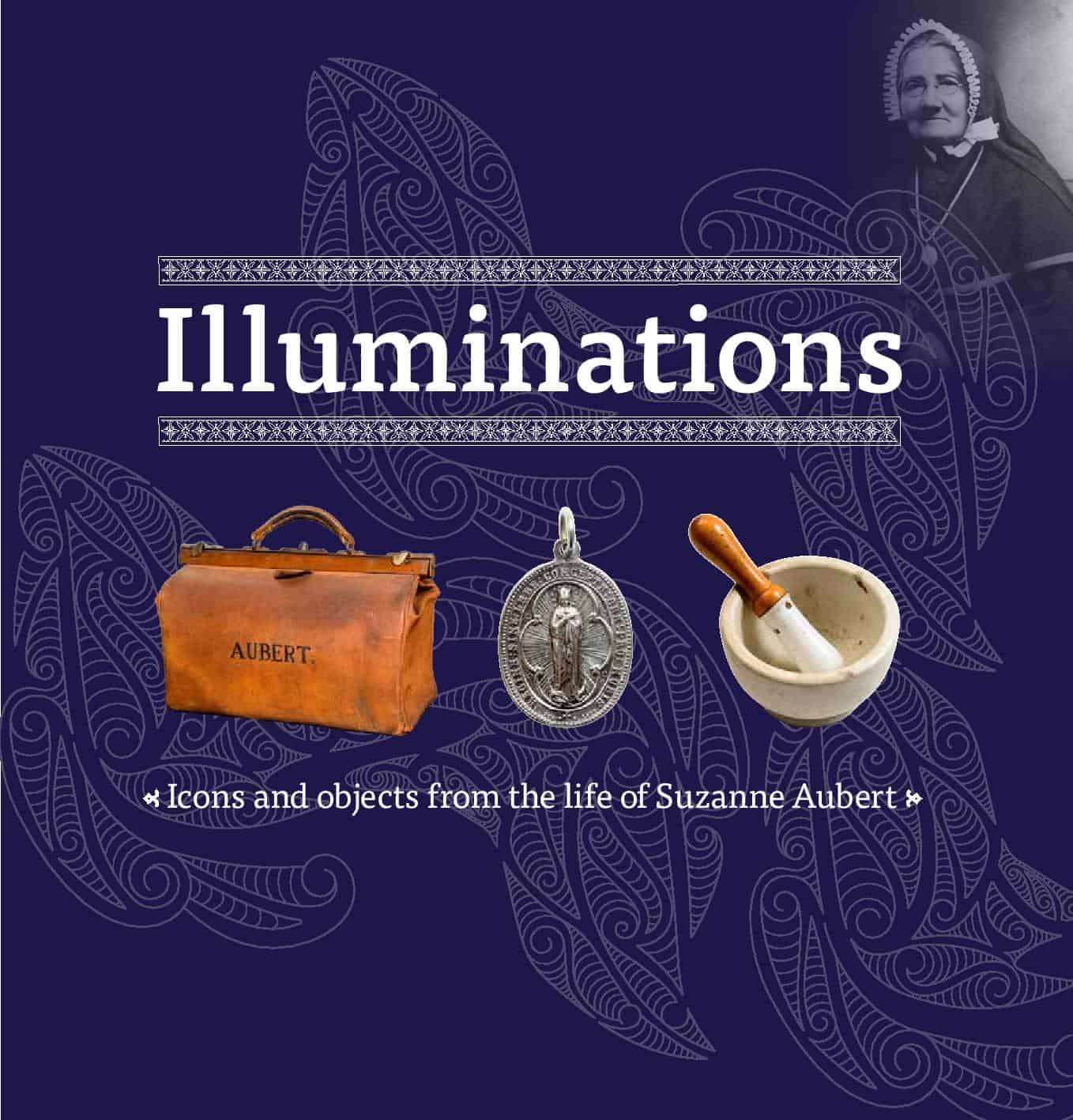

How are 28 and 49 connected in The Product Game? Well, they are both options that you can play if you have a token sitting on 7.

In the product game, you are constantly working in the other direction, looking at two factors and thinking "what other numbers have a factor of 5?" Still, your child will start seeing the connective tissue between different products. In this case, you factor out the 5 to get a simplified fraction of 4/7. If your child's teacher asks them to simplify 20/35, they are asking your child to look at 20, look at 35, and try to think of a factor that is in both numbers. Well, simplifying fractions is a process of dividing out common factors. Remember simplifying fractions? You probably remember the drudgery. Common factors are a huge deal in elementary math, and they remain vital in middle school and beyond.
#PRODUCT GAME ILLUMINATIONS FREE#
As you'll see, the game is quick to play, but there's a lot of strategy going on! You can also try a free online version here.Įither way, you have to play on a square that has a common factor with your opponent's move.
#PRODUCT GAME ILLUMINATIONS FULL#
Here is a quick video of a full Product Game. Although that might be harder than you think. At the same time, you have the ability to constrain your opponent's options! Don't want him to color in 15? Just make sure you never play any 3s or 5s. You can't just move anywhere, since your options are constrained by your opponent's previous move. This restriction makes the game particularly fun and strategic. Now Player 1 could, for example, move the 4 token to 7 so that she multiplies 7 by 5 to get 35. So if the first two tokens were placed on 4 and 5, Player 2 got to color in the 20 square. She can move either of the tokens, but not both.

Then Player 2 places a second token on any of the factors and colors in the product that you get when those two factors are multiplied. Player 1 places a token on any of the factors, but colors in nothing. So in the problem 4*5 = 20, the numbers 4 and 5 are the factors and 20 is the product. Phillips, Dale Seymour Publications (1996), pp. 17‑25.Quick vocabulary recap: two factors multiply to equal a product. This Product Game Investigation was adapted with permission and guidance from Prime Time: Factors and Multiples, Connected Mathematics Project, G.


 0 kommentar(er)
0 kommentar(er)
